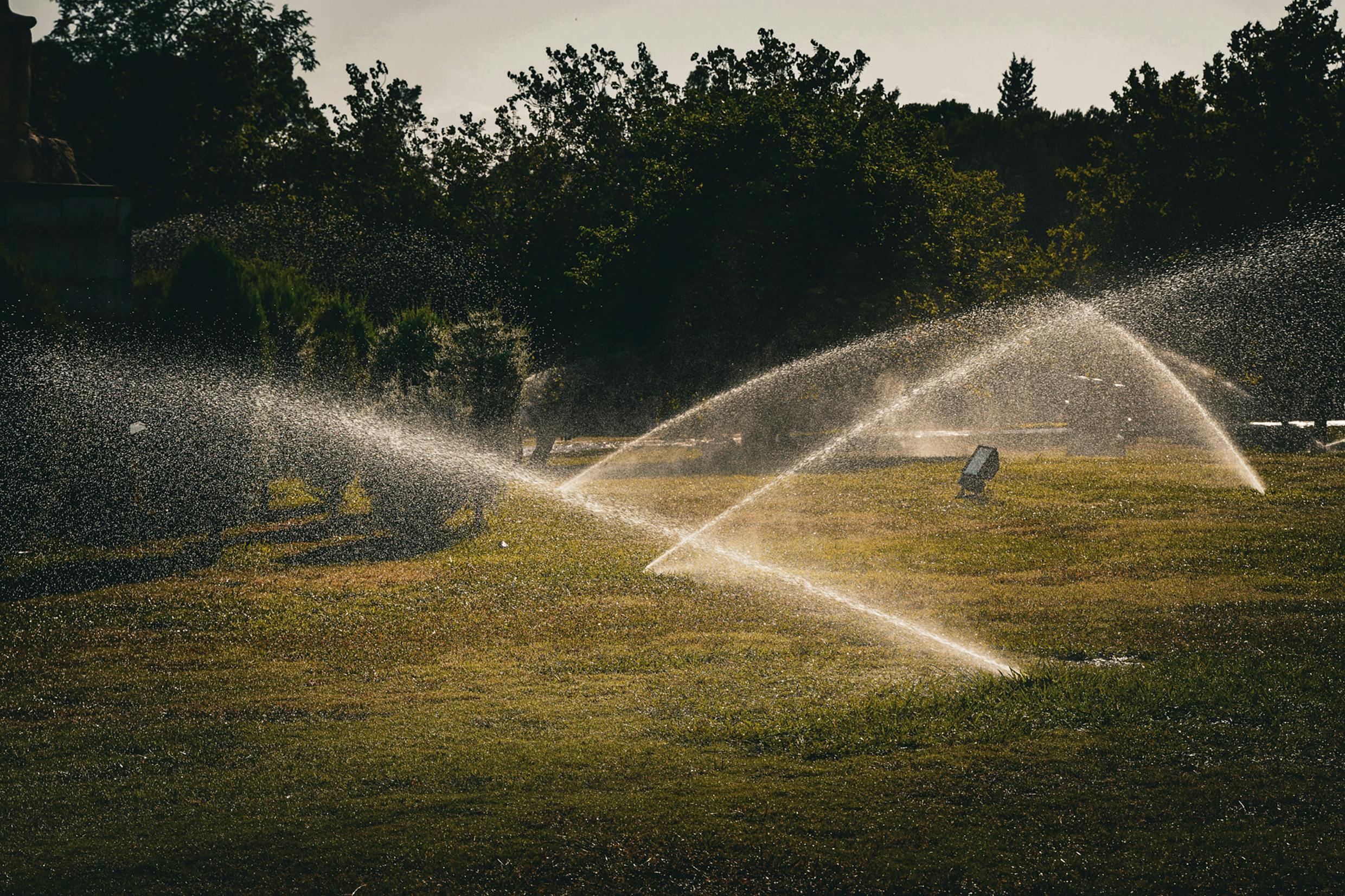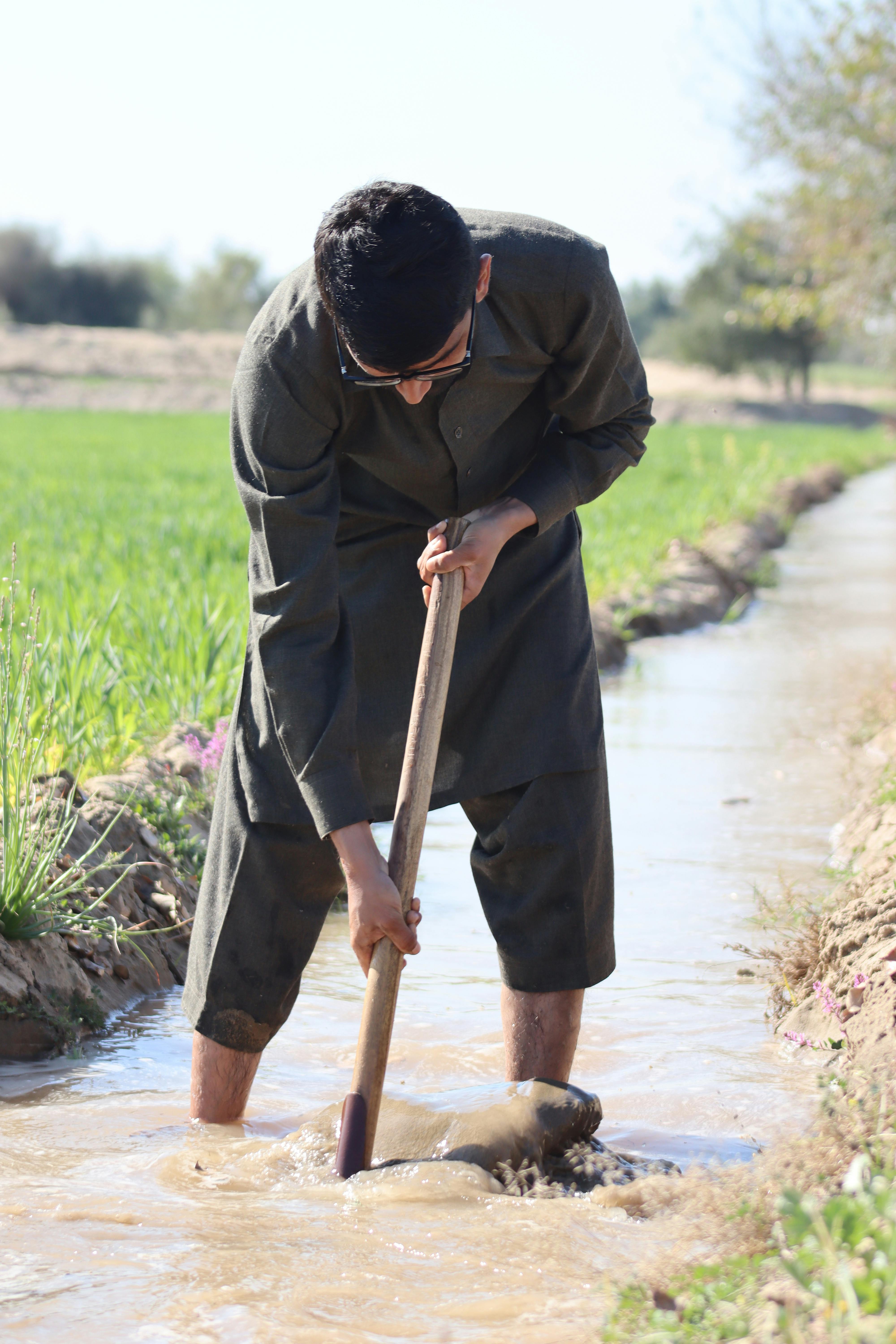How Israel’s Water Management Powers Efficient Urban Irrigation Solutions
Let me start with a question cities worldwide wrestle with every summer—how do you keep urban green spaces thriving when rain doesn’t show up and demand for drinking water surges to all-time highs? My own first encounter with Israel’s city irrigation was on a stifling July afternoon in Tel Aviv, watching a workers’ crew quietly adjusting pressure lines along a sprawling boulevard. Back then, I figured it was just good maintenance. Turns out, it was something much bigger—a system built on decades of innovation, survival, and stubborn ingenuity.1
Here’s the truth: Israel’s urban landscapes shouldn’t even exist, if you go by geography and climate data. The country wrestles with arid summers, unpredictable rainfall, and chronic freshwater scarcity.2 Yet, its cities burst with green boulevards, vibrant parks, rooftop gardens, and even urban farms. How? The answer lies in the country’s relentless drive for water-efficient technologies, from world-famous drip irrigation to game-changing wastewater recycling and desalination plants. That relentless pursuit doesn’t just keep plants alive—it fuels city growth, resilience, and community pride.3
Why Should Urban Planners Care?
- Israeli systems deliver up to 50% water savings over traditional irrigation methods
- Greywater reuse and precise scheduling keep costs down and parks green year-round
- Innovations are proven in harsh conditions, so they work anywhere—desert, coast, or city center
I’ve worked with sustainability teams across four continents, and Israel’s approach consistently comes up—sometimes as a benchmark, other times as a point of fierce debate. There’s both admiration (“How do they do it?”) and skepticism (“Is it scalable here?”). Frankly, my own perspective has shifted over the years, from thinking their wins were mostly technical, to seeing the cultural and policy backbone driving real results.
Israel is the world’s leader in urban drip irrigation adoption, with over 80% of its municipal green spaces watered using precision-controlled systems.4
Urban Water Challenges: Scarcity, Growth, and Necessity
Why is water management such a critical issue for urban environments in Israel—and increasingly, everywhere else? Urban growth in the Middle East and globally is accelerating, consuming more water for cooling, sanitation, recreation, and especially landscaping. According to World Bank research, urban populations in arid regions have grown by 35% since 2000, overwhelming existing supply systems.5
Here’s what gets me: Most cities around the world waste more water on public landscaping than on drinking. In fact, up to 55% of urban freshwater is lost to inefficient irrigation, leaks, or outdated technologies.6 In a climate like Israel’s, that kind of inefficiency is… well, disastrous. So, how do Israeli cities keep green spaces lush and communities healthy—without going bankrupt or drying up aquifers?
Key Urban Water Management Takeaways:
- Efficient irrigation can halve water use for urban parks and gardens
- Smart scheduling and real-time sensors reduce waste dramatically
- Greywater reuse offers a flexible, affordable solution for municipalities
Israel’s Long Road to Water Innovation
Israel’s journey started not with high-tech gadgets, but with necessity. Back in the 1950s, water scarcity shaped everything—from agriculture, to city planning, even neighbour relations. What really strikes me from interviews and documentaries is how grassroots thirst for solutions drove world-class innovation. The drip irrigation system (invented by Simcha Blass in the 1960s) didn’t just revolutionize fields—it became the foundation of modern urban irrigation.7
Having visited Netafim’s research site near Kibbutz Hatzerim, I saw firsthand the collaborative culture that birthed these technologies. People weren’t just solving problems in isolation—they shared best practices, tested in real parks, and listened to what city workers needed.
Precision Urban Irrigation: Drip Tech, Sensors, and Scheduling
Funny thing is, drip irrigation isn’t unique to Israel anymore—but nobody does urban deployment quite like they do. Let me clarify: It’s not just about laying pipes and hoping for the best. What sets Israel apart is the integration of real-time sensors, adaptive controls, and sophisticated scheduling driven by constant feedback. Parks in Tel Aviv and Herzliya are watered using automatic systems that adjust—sometimes hourly—based on local weather, soil moisture, evaporation rates, and even street traffic.8
Mobile-Friendly Table: Key Urban Irrigation Technologies in Israel
| Technology | Urban Application | Water Savings | Notable Cities |
|---|---|---|---|
| Drip Irrigation | Boulevards, parks, rooftops | 40-60% | Tel Aviv, Be’er Sheva |
| Smart Sensors | Automated moisture control | 10-20% | Jerusalem, Haifa |
| Greywater Reuse | Urban gardens, sport fields | 30-70% | Eilat, Holon |
| Scheduling Algorithms | Optimized irrigation timing | Up to 45% | Tel Aviv, Ashdod |
Back when I first started consulting, many city managers couldn’t see the value in combining tech with urban landscaping. Over time—especially after 2020’s record dry season—smart irrigation moved from “nice-to-have” to absolutely crucial. Some cities now adjust irrigation at night to reduce evaporation, and use recycled water for public gardens.
- Drip irrigation delivers water exactly where root systems absorb it, cutting surface evaporation to near zero
- Greywater reuse transforms shower, sink, and laundry water (after filtering) into a safe resource for city landscaping
- Sensor-based scheduling means irrigation only happens when soil actually needs moisture—no more wasted drops
What really excites me is seeing cities embrace flexible, modular infrastructure. Tel Aviv’s “Green Roofs for Climate Resilience” initiative, for instance, blends recycled irrigation systems with native plants, reducing heat islands and maintaining biodiversity year-round.9 Not everything works perfectly—some sensors misfire, installation costs spike, politics get involved—but overall, cities save millions of liters annually.
Wastewater Reuse and Desalination: Fueling City Growth
Here’s where things get genuinely tricky. Urban irrigation can’t thrive unless there’s enough water to allocate in the first place. Israel solved this by doubling down on wastewater recycling and aggressive desalination plant construction. By 2025, nearly 90% of municipal wastewater in Israel is expected to be treated and reused—mostly for landscaping, agriculture, urban parks, and green belts.10
During my site tour of the Sorek Desalination Plant, what struck me most was how city officials didn’t see desalinated water as a luxury—they saw it as an essential part of civic infrastructure. This perspective enables city planners to reliably irrigate parks and boulevards, year-round, even during drought. The integration isn’t seamless, mind you—sometimes plumbing upgrades lag behind capacity, and not every park gets equal access—but the overall results are undeniable: lush urban spaces, growing populations, resilient city economies.11
Snapshot: Wastewater Reuse by Sector
| Sector | % Wastewater Reused | Key Applications | Annual Savings |
|---|---|---|---|
| Urban Parks | 80% | Landscapes, playing fields | 100M+ liters |
| Street Trees | 60% | Boulevards, city squares | 40M+ liters |
| Urban Farms | 45% | Community gardens | 25M+ liters |
To be more precise, the interplay between desalination and recycling keeps city planners nimble as populations grow and extreme weather events become more common. From my own experience, American cities often balk at upfront costs—Israel’s model shows the long-game payoff: less waste, healthier communities, and city pride built on green, thriving public spaces.

City Case Studies: Tel Aviv, Be’er Sheva & Jerusalem
Ever notice how some downtown districts stay lush through the hottest months, while others turn brown and brittle? Israel’s cities are textbook examples of what you can achieve with smart water management—and also what happens when you get it wrong. I vividly remember walking through Gan Ha’ir park in central Tel Aviv—where you see drip lines nearly invisible under flower beds, automatic sensors tucked behind benches. The result? A city park that’s not only beautiful but also drought-resilient.12
Switch to Be’er Sheva, the “Gateway to the Negev.” Historically dry, the city doubled its parklands in less than a decade, driven by greywater irrigation and desert landscaping. Even the sprawling university campus depends on sensor scheduling tied to weather forecasts. Local residents share stories of how parks now serve as community cooling zones, especially during dangerous heat waves.
Action Steps for City Planners:
- Audit all irrigation systems for inefficiency—don’t rely on guesswork
- Invest in modular upgrades—drip tech, sensors, greywater reuse
- Train city staff in repairs, scheduling, and plant selection that matches climate realities
Jerusalem’s situation is even more complex. Political pressures, historical sites, tourist flows… On paper, water planning should be chaos. But thanks to what’s called “multi-source blending”—mixing reclaimed, desalinated, and rainwater—city gardens remain among the most robust and eco-friendly in the region.13 A colleague there told me: “Water isn’t just a utility here—it’s political, spiritual, and absolutely vital to city identity.”
Jerusalem’s 2024 “Green Heritage Initiative” irrigates more than 70 public historical gardens using a blend of recycled and rain-harvested water.14
Global Impact & Lessons for Urban Planners
Okay, let’s step back—does this really translate outside of Israel’s unique climate and culture? Actually, yes, and increasingly so. Looking at recent data, U.S. cities from Los Angeles to Phoenix, plus Mediterranean towns in Spain and Italy, are importing Israeli drip systems and water management algorithms for their own municipal projects.15
From my experience, the top lessons urban planners can borrow include:
- Audit city water use with regular, data-driven reviews
- Prioritize modular systems—start small, expand as funds and staff permit
- Don’t neglect community buy-in; citizen education matters, especially with greywater reuse
- Invest in both technology and human know-how: On-site training, good repair teams, transparent reporting
The Future of City Water: What Comes Next?
Here’s the thing though—Israel isn’t standing still. As of 2025, new pilots are popping up: AI-powered irrigation scheduling, drone-based leak detection, and green roof expansion over government buildings. My own prediction is that urban irrigation in the next 10 years will pivot from reactive to predictive—anticipating drought, maximizing every drop before it’s even needed.
What puzzles me sometimes (and this may be true for other urban experts) is how quickly cities can adapt—sometimes in a single season, sometimes after years of gradual change. The main takeaway? Don’t wait for a crisis. As water scarcity becomes the “new normal,” those who plan ahead will reap the real benefits: healthier cities, lower costs, and proud, engaged communities.16
Summary: Israel’s Urban Water Legacy—And Your Next Steps
Let that sink in for a moment—Israel’s cities make thriving urban green spaces possible where nature otherwise wouldn’t allow. It’s not magic; it’s relentless innovation backed by community engagement, policy resolve, and endless cycles of learning and adaptation. I still find myself floored by the quiet daily maintenance crews keeping Tel Aviv’s parks green at sunrise, or by the rapid information-sharing among planners in Be’er Sheva after a tough drought.
Honestly, I reckon the real lesson for global cities is about embracing imperfection—not every system works flawlessly, and not every innovation fits every neighborhood. But the willingness to test, adapt, and keep moving is what drives sustainable urban water futures. Personally, I’m still learning from each interview, policy review, and site tour. The more we acknowledge our limitations and keep testing new solutions, the more robust our cities become.
Call to Action:
If you’re an urban planner, sustainability advocate, or simply someone who cares about city life—start benchmarking Israel’s solutions. Audit your city’s irrigation footprint, invest in smarter tech, train teams, and don’t shy away from recycled water projects. That’s how city growth becomes truly sustainable, and how urban pride flourishes.
References & Further Reading
References



